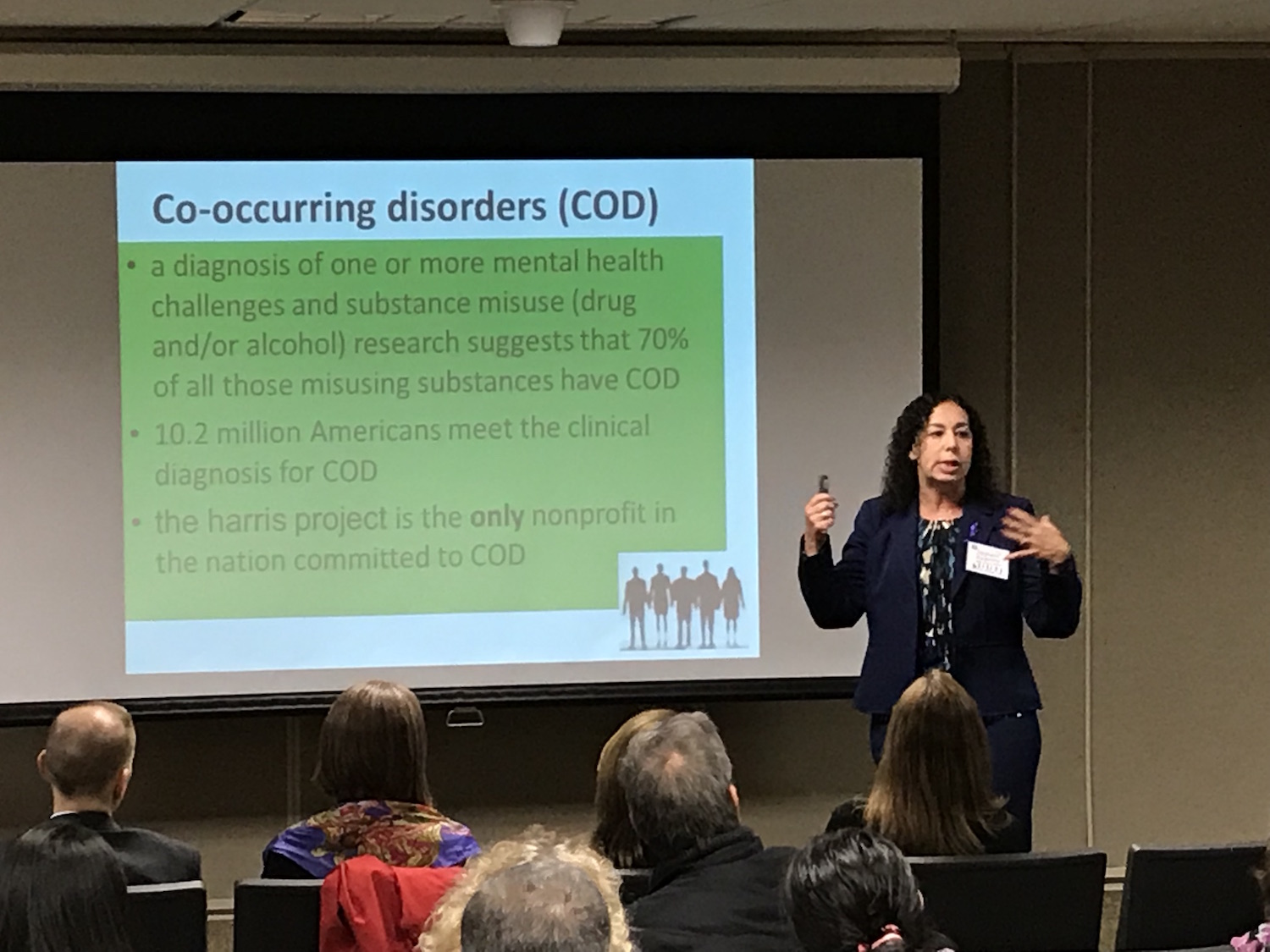


More than 85 public health partners from nearly four dozen community agencies convened at Putnam Hospital Center (PHC) on Thursday, October 18, for the eighth annual public health summit. This year for the first time, a broad effort was made to invite public participation through social media and nearly 20 Putnam residents were also in attendance. Organized by the Putnam County Department of Health with support from Putnam Hospital Center, the event kicked off the data collection process for formulating the next community health improvement plan, known as the “CHIP.”
County Executive MaryEllen Odell, Putnam Hospital Center President Peter Kelly, interim Health Commissioner Michael Nesheiwat, MD, Commissioner Michael Piazza and Deputy Commissioner Joseph DeMarzo of the Department of Social Services and Mental Health, and County Legislator Barbara Scuccimarra, chairperson for the Health, Social, Educational and Environmental committee, were among the community leaders in attendance.
County Executive MaryEllen Odell thanked Putnam Hospital Center for its support, saying “This hospital is the heart and soul of our community. Many of us were born here, and had children here. Many also say their final farewells here.” She went on to applaud the hospital’s efforts during the last storm event, when 90 percent of the county was out of power. “All roads led to this center. It was a critical point in getting our county through the crisis,” continued County Executive MaryEllen Odell.
Dr. Nesheiwat welcomed and thanked the attendees, saying “Today’s program examines the ‘forces of change’ that are at work in our community. Your participation plays an instrumental role not only in planning ways to improve population health, but also in the strategic planning for the health department.”
Stephanie Marquesano opened the morning session of presentations by community partners. She is founder and president of the harris project, a unique nonprofit organization committed to co-occurring disorders (COD), a diagnosis of one or more mental health challenges together with substance misuse. She launched the organization after her 19-year-old son Harris died of an accidental overdose, after struggling with COD in a public health system that lacks the cohesiveness to properly address these dual conditions.
Other partner updates came from Kristin McConnell, director of the Prevention Council of Putnam, a local substance abuse prevention provider, who spoke about the history, implications and lessons learned regarding the Tobacco 21 Legislation. The legislation limits sales of tobacco products to individuals under 21 years of age, and includes electronic nicotine delivery systems products, commonly known as “vapes.” Sarena Chisick, community health educator at the hospital, presented on the recent Falls Prevention Expo at PHC and the ongoing efforts of the Falls Prevention Task Force, created to focus on the latest CHIP priority of reducing injuries caused by falls.
The “forces of change” assessment that followed was a fast-moving discussion on a variety of factors including social, economic, political, technological, scientific, ethical, legal and environmental that may affect the county and the country at large. Political trends were more in the spotlight this year with audience members mentioning the possible dismantling of the Affordable Care Act (ACA), potential legalization of marijuana for recreational use and the weakened regulation of the Environmental Protection Agency (EPA). Other social and scientific or technical trends that were named included the continued prevalence of sexual and domestic violence, the dramatically rising rates of sexually transmitted diseases, increase and prevalence of cancer, and growing number of patients with Alzheimer’s disease and dementia. Identified trends were all discussed in terms of threats and opportunities for change. A full report of the Forces of Change assessment will be drafted and posted on the health department’s website